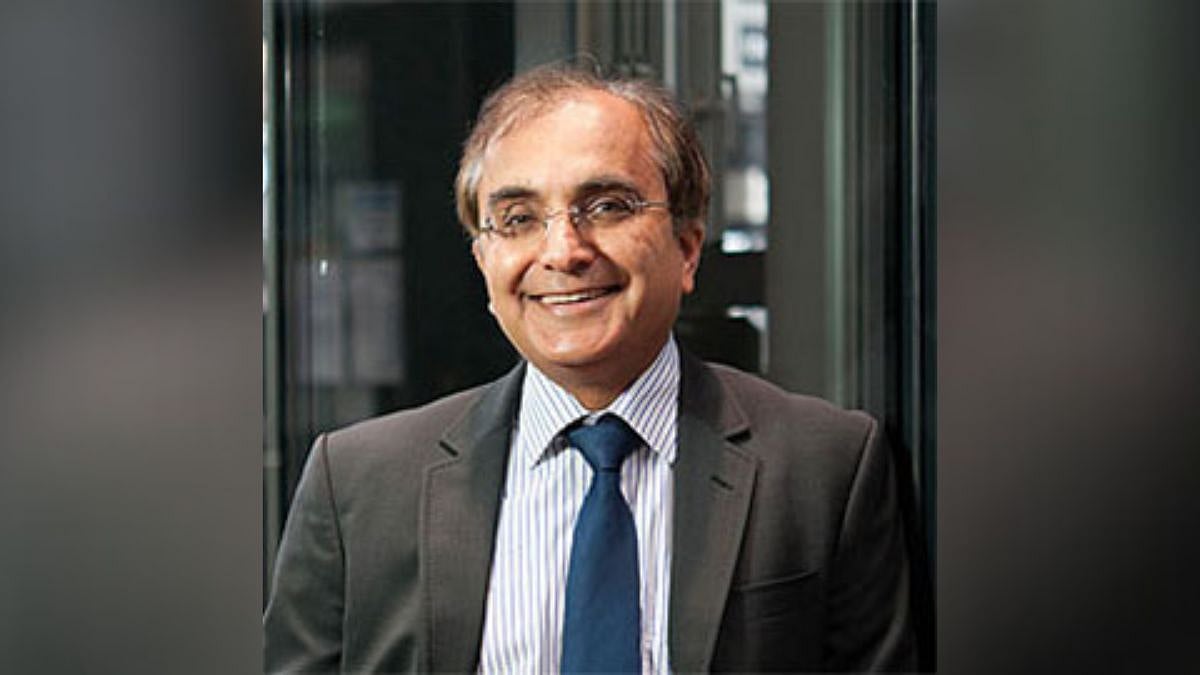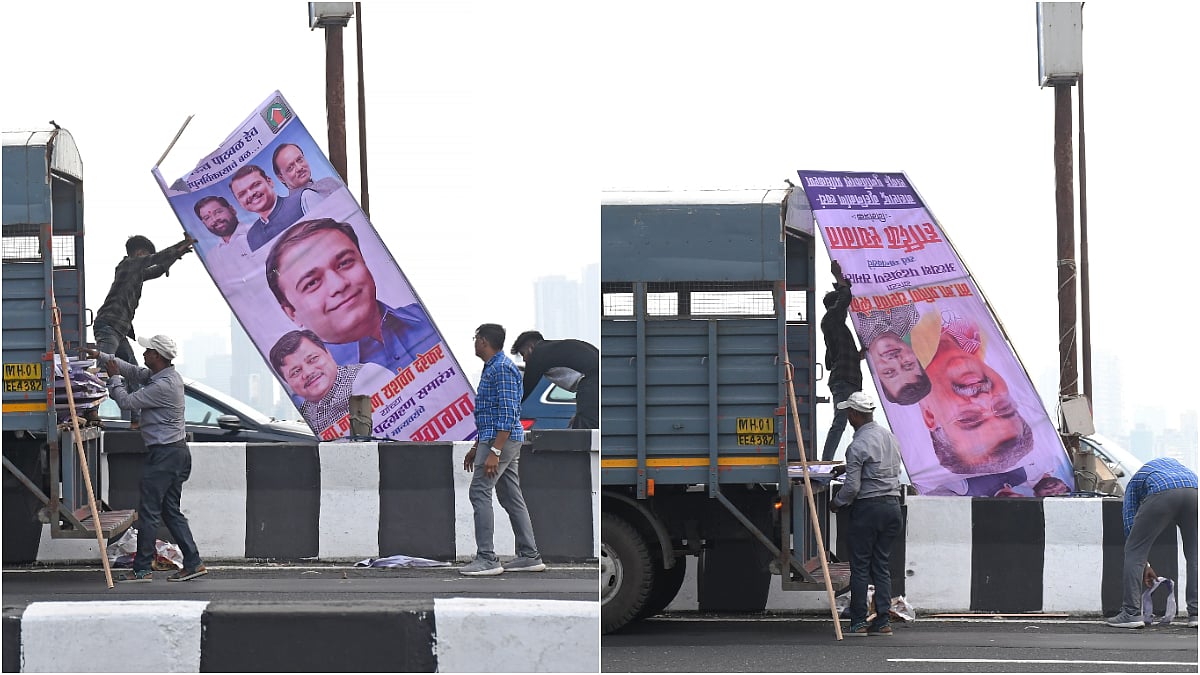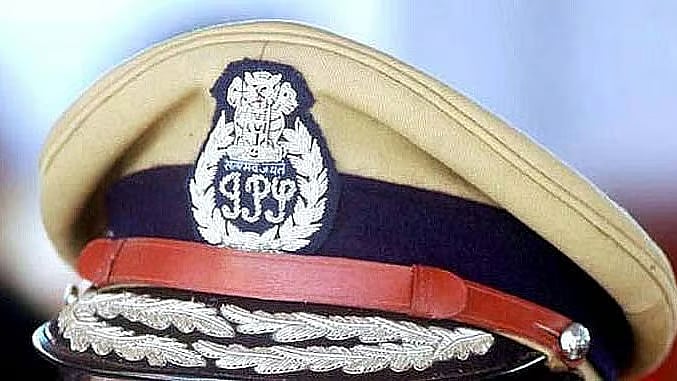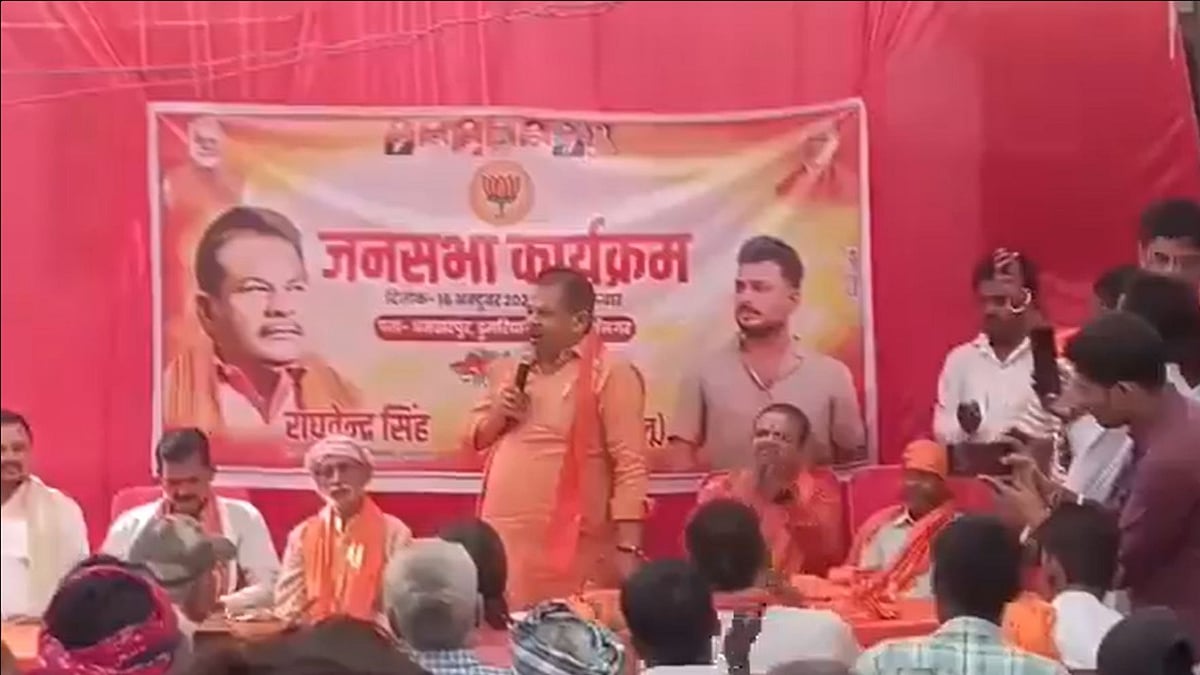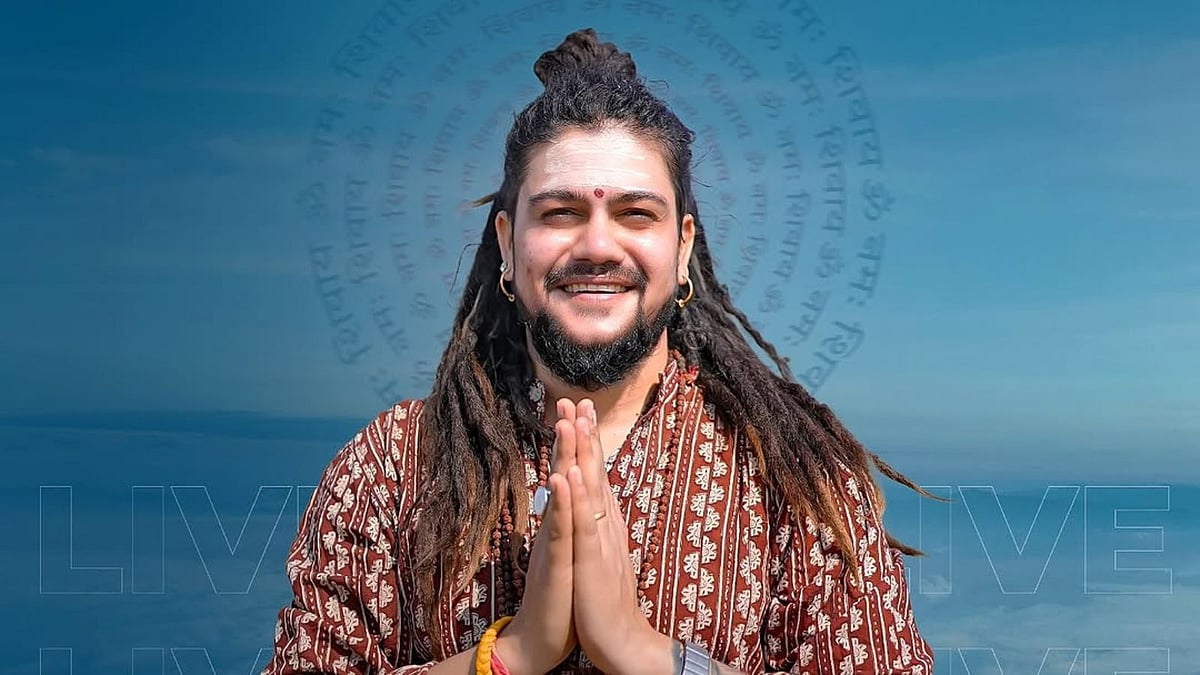Lucknow, October 28: In alignment with Chief Minister Yogi Adityanath’s vision to transform Uttar Pradesh into a developed state by 2047, the Samarth Uttar Pradesh – Viksit Uttar Pradesh @2047: The Centenary of Prosperity Mega Campaign has evolved into a mass movement of public participation. Across all 75 districts, nodal officers and experts have engaged with diverse groups comprising students, teachers, entrepreneurs, farmers, social organisations, workers, media representatives, and citizens to gather insights for the state’s development roadmap. So far, nearly 60 lakh feedback entries have been received on the official portal samarthuttarpradesh.up.gov.in, with more than 75 percent originating from rural areas.
Rikesh Kumar from Bulandshahr said that special attention should be given to industry and education in villages. He said that if the government prioritizes rural youth through the Public-Private Partnership (PPP) model, the problem of migration can be resolved. Shakil Khan said that to make the state an industrial power, MSMEs need easy loans, technical support, and district-based industrial parks. Nigar Fatima emphasised the importance of a single-window system, high-tech manufacturing, and a women’s skills mission to attract investment. Seema Kumari highlighted the need to promote cottage industries such as embroidery, tailoring, and incense stick production. Joginder Singh suggested making education practical and skill-based from the school level itself to ensure youth self-reliance.
Ankit Gupta called for the development of religious sites such as Maa Bela Devi Dham and Shani Dev Temple. Dr Sunil Shah suggested constructing a corridor around Belha Devi Temple, while Rita Jaiswal and Ramendra Tripathi stressed the need for better visitor facilities and cultural revival at tourist spots.
Geeta Devi from Ballia suggested expanding Khelo India programs at the local level, while Pradeep Kumar demanded the establishment of digital libraries and employment generation centres in villages.
Rajkumar Singh from Bareilly suggested creating an identification system for beggars and ascetics, making fruit tree plantation mandatory, and implementing the old pension scheme. Shaista Firoz from Basti emphasized strengthening women’s safety, skill missions, DBT systems, and child development programs. Rajesh Agnihotri from Ghaziabad called for clean governance, improved law and order, and infrastructure upgrades.
According to the data, around 30 lakh suggestions came from youth below 31 years of age, while over 26 lakh came from the 31–60 age group, and more than 3 lakh from senior citizens.
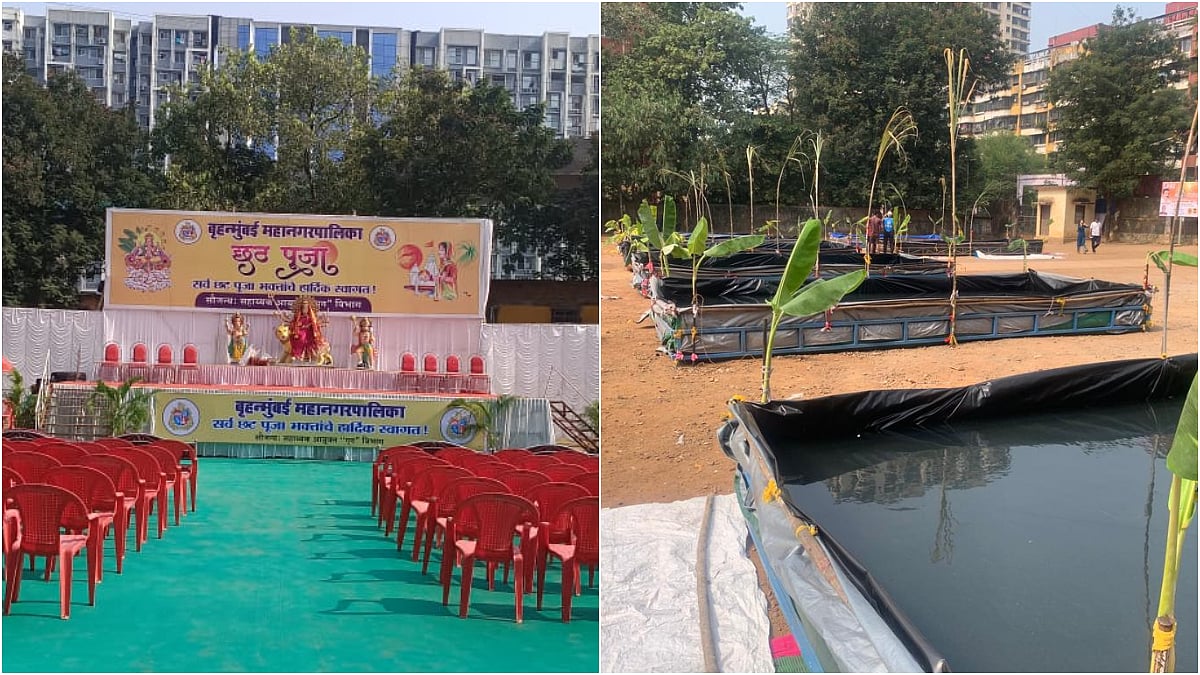
Among the suggestions received from different fields, agriculture (16 lakh) and education (15 lakh) rank highest. Besides these, rural development (12 lakh), social welfare (5 lakh), health (4 lakh), livestock (3 lakh), industry (2.5 lakh), and IT-tech (2 lakh) also received large numbers of suggestions. District-wise, Jaunpur ranks first, Sambhal second, Ghazipur third, Pratapgarh fourth, and Bijnor fifth, while Etawah, Mahoba, Hapur, Gautam Buddha Nagar, and Lalitpur received comparatively fewer suggestions.
Under the mega campaign, a large-scale public dialogue initiative has been conducted across the state. So far, meetings and seminars have been organised in 214 municipalities, 18 municipal corporations, 63 district councils, 556 town councils, 751 block councils, and nearly 50,000 gram panchayats. These activities have strengthened dialogue between local citizens, public representatives, and departments. Based on the suggestions received in line with Chief Minister Yogi Adityanath’s vision of Samarth Uttar Pradesh – Viksit Uttar Pradesh @2047, the process of preparing the vision document is now underway. This campaign is not only charting the roadmap for development but is also emerging as a strong bridge of dialogue and collective participation at the grassroots level.



